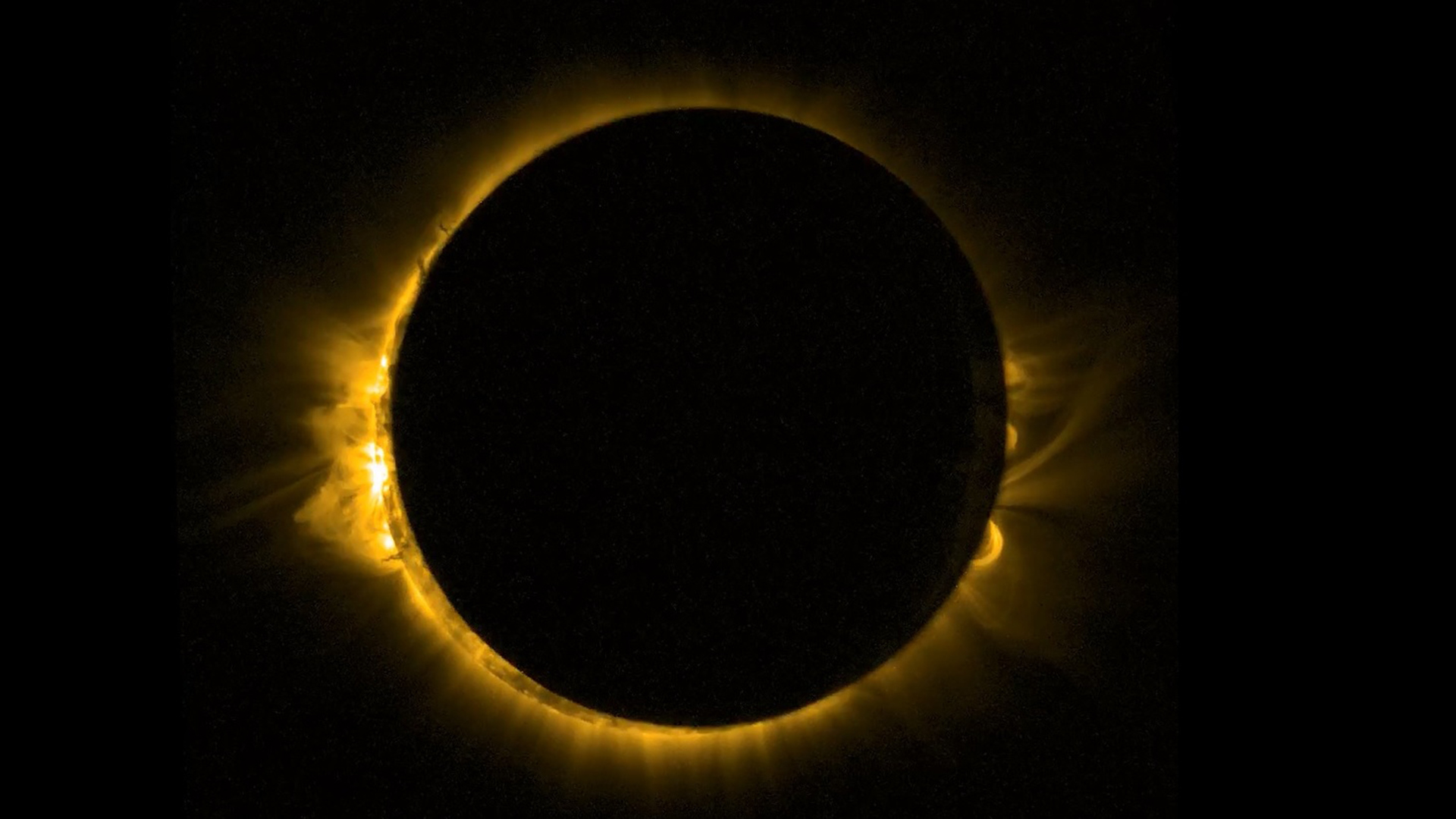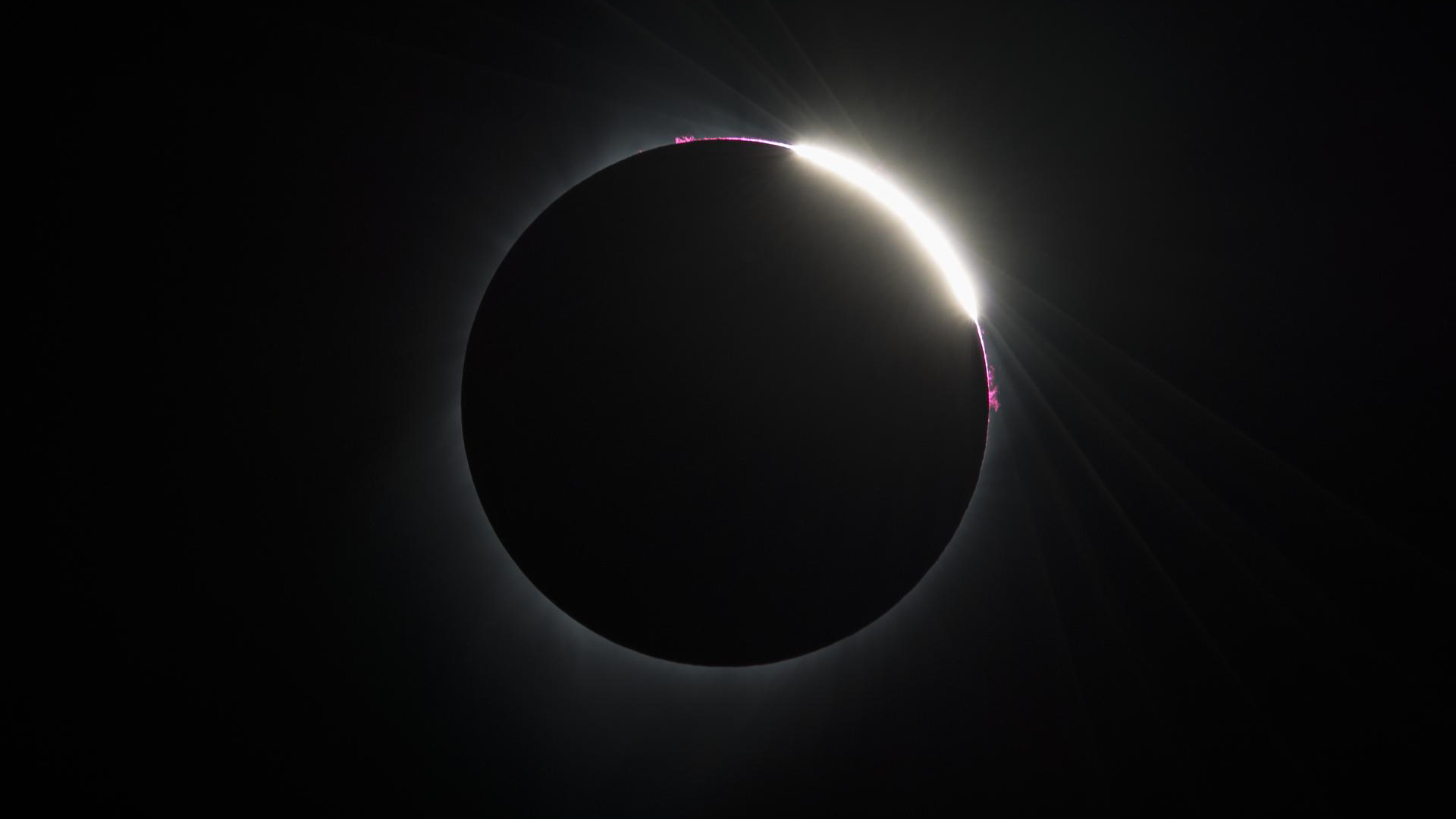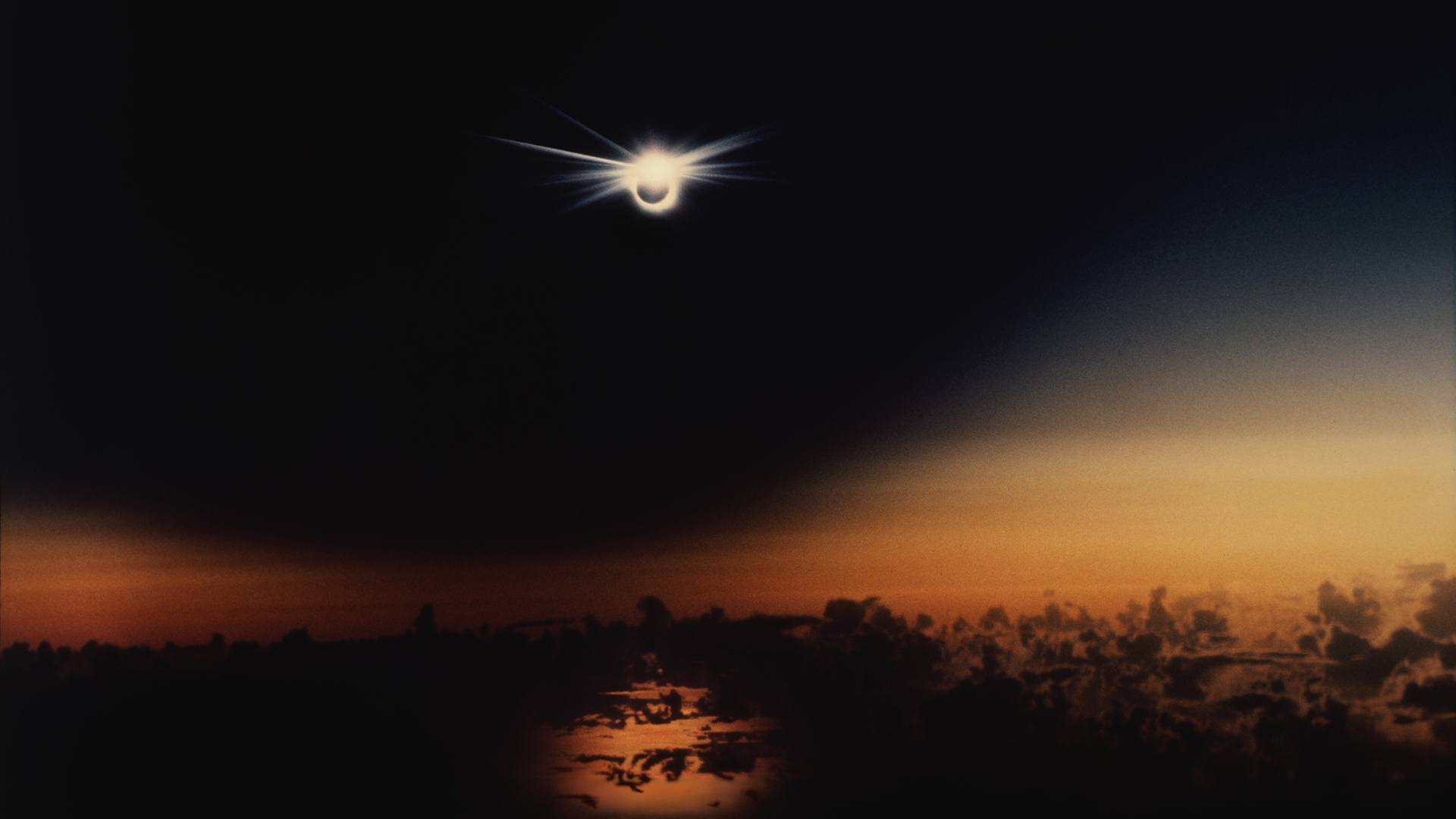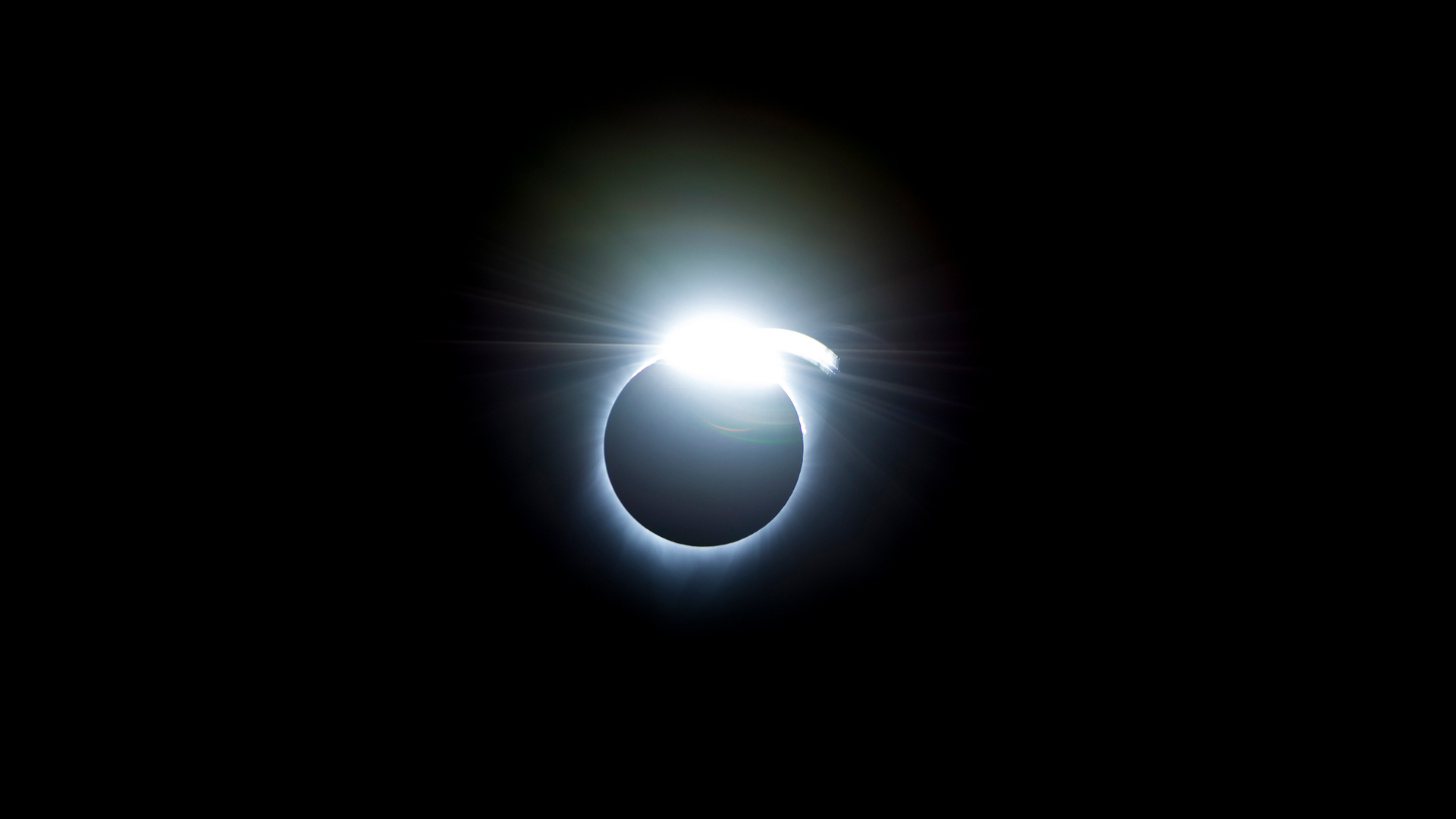April 8 solar eclipse: 5 spectacular sights to watch for during totality

People throughout the entire continent of North America will see a partial solar eclipse on Monday, April 8, but only those within a 115-mile-wide (185 kilometers) path will experience a total solar eclipse. Although viewers in the path will also see the partial phases, the centerpiece of the experience is exclusive: totality.
Totality is a brief period of darkness that occurs when the sun is entirely blocked by the moon. For the April 8 eclipse, totality will last as long as 4 minutes, 28 seconds for observers in parts of Mexico, though even in Newfoundland, Canada, totality will endure for up to 2 minutes, 52 seconds, according to this interactive map. Totality is a deeply moving experience, and it can be broken into several chronological events, each of which offers something different. Here’s what to look for, in order.
Related: What’s the longest solar eclipse in history? (And how does the April 2024 total eclipse compare?)
(Reminder: According to the American Astronomical Society, looking directly at the sun is unsafe except during totality, when the moon entirely blocks the sun’s bright face. This happens only within the narrow path of totality. DO NOT look directly at the sun during the partial phase of the eclipse, no matter where you are.)
1. Shadow bands
About 30 seconds before and after totality, look at any uniform surface around you, perhaps the ground or the side of a building or vehicle. You may see shadow bands — wavy lines fizzing in parallel. This phenomenon may be the result of polarized light from the crescent sun interacting with Earth’s atmosphere — but scientists still don’t fully understand what they are, according to NASA.
2. Solar corona

With the intense light from the sun’s disk and its photosphere (its outer shell, from which light radiates) momentarily blocked by the moon, it’s possible to see a much more diffused light around the sun. This is the corona, the sun’s hotter outer atmosphere, which appears whitish and can have a spiky appearance. It’s one of the most beautiful sites in all of nature, and you can look at it perfectly safely with the naked eye during totality.
3. Prominences

The solar corona isn’t the only incredible phenomenon you can see while the primary light from the sun is blocked. The other major sights are prominences — pinkish towers and loops that appear to stick out of the sun, traveling into its corona. These are electrically charged loops of plasma that erupt from the sun’s surface, often stretching dozens of times longer than Earth itself. Given that the sun is near solar maximum when its magnetic activity is highest, we can expect lots of spectacular prominences during totality on April 8.
4. 360-degree sunset and planets

Understandably, your gaze will be fixed on the eclipsed sun during totality, but take a moment to look around you. You will see not only a 360-degree sunset horizon — because you are standing in the middle of the moon’s shadow — but also an exceptionally bright Venus, and possibly Jupiter, shining around the eclipsed sun.
5. Chromosphere, Baily’s beads and a “diamond ring”

You’ll see a reddish line around the moon just before totality ends. This is the chromosphere, the lower region of the sun’s atmosphere. Then, you’ll see a single Baily’s bead, the first drop of sunlight coming through a valley on the moon. A few more will appear and merge into a so-called diamond ring, from which you’ll see an increase in brightness for a split second before naturally averting your eyes. It signifies the end of totality — and the end of any naked-eye viewing of the eclipse. At that point, it will be time to look around you once again for shadow bands, and the next time you look at the partial eclipse, you must use your solar eclipse glasses.
Note: Although the chromosphere, Baily’s beads and the diamond ring will also be visible, in reverse order, during the onset of totality, you may not have removed your eclipse glasses in time to see them. Besides, they’re more noticeable and impactful at the end of totality.





